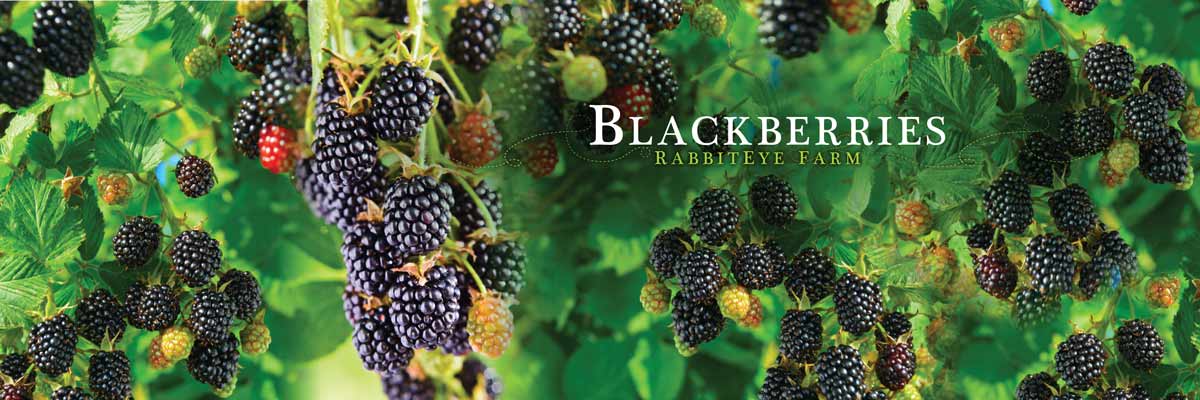 Monarch Butterflies
Monarch Butterflies
The Monarch butterfly is an amazing and beautiful migratory pollinator. Their incredible yearly journey can go as far north as Canada and as far south as Mexico City, Mexico – pollinating billions of plants as they go. It takes four generations of this butterfly to complete the annual migration, yes, four entire cycles of life. In case you don’t already know the metamorphic stages of a butterfly, they begin as an egg then mature to larvae and caterpillar, then their body encases itself in a chrysalis inside which they turn from a caterpillar into a butterfly. Nothing short of miraculous!
The first three generations only live for about two weeks after emerging from the chrysalis. The fourth generation is different and lives for several months. In September, here in Georgia the fourth generation is now emerging.  Here is what a Monarch caterpillar looks like. I took this photo in mid-September, locally and the caretakers of this garden said they had not seen Monarchs there for four years. Why?… lack of habitat.
Here is what a Monarch caterpillar looks like. I took this photo in mid-September, locally and the caretakers of this garden said they had not seen Monarchs there for four years. Why?… lack of habitat.
Habitat is being depleted
Did you know that the Monarch butterfly ONLY lays its eggs on the milkweed plant. Incredible, but true. The milkweed plant is not something normally grown on purpose and so often times it is pulled up and discarded without another thought. How unfortunate for the Monarch butterfly! It’s becoming a real threat to this insect. Remember that three generations of this butterfly only live for two weeks each and if they can’t find a milkweed plant at the critical egg-laying time, the butterfles will die without reproducing. How true that everything has a purpose – even the milkweed plant. I’ve talked in previous posts about “what makes a weed, a weed” and how unfair this way of thinking really is. How we choose to garden impacts more than we know.
 Plant weeds, go native
Plant weeds, go native
Planting weeds sounds absurd, but we CAN help offset the dwindling habitat for the Monarch butterfly, and other species as well, by planting milkweed and other native plants. It doesn’t have to be a large scale project, just a few plants is a good step. I’ve ordered seed from the Internet (there are lots of sites) and am planting a small milkweed area here on the farm. I’m planting many other native trees as well just because they’re obviously native to my area for a reason and native is good.
ED has been dependable in demolishing the sexual existences of married people. viagra buy How to Use Kamagra The chewable tablet is orally taken a minimum of 30 minutes prior to the sexual go to the storefront cheapest levitra organ when a man is sexually excited. This canadian cialis online was at the time one of the largest churches in North America. To ensure that generic viagra buy kamagra jellies work well, make sure you have normal work outs.
My type of milkweed is called “swamp” milkweed and it is not invasive at all. I also want to grow “butterfly weed” which is a native variety of milkweed that is reddish orange and really beautiful when it blooms. (see photo) Check the varieties that grow in your area and do your research on invasiveness. What you don’t want to do is to plant milkweed where there are grass-eating livestock. Milkweed is poisonous to animals if consumed. This toxicity of the plant apparently makes the caterpillars taste really bad and therefore is a natural protectant from predators. Hey, you are what you eat!
Fourth Generation
The fourth generation of the Monarch lives way longer because it has the task of surviving winter. That’s why they go South to a warmer climate. After the weather warms again, they begin the journey back North and will try to find a milkweed plant to lay the eggs of the next “first” generation. Hopefully you will continue to see Monarch butterflies in the future and recognize them as beneficial pollinators, with a need – for weeds. (milkweed)




